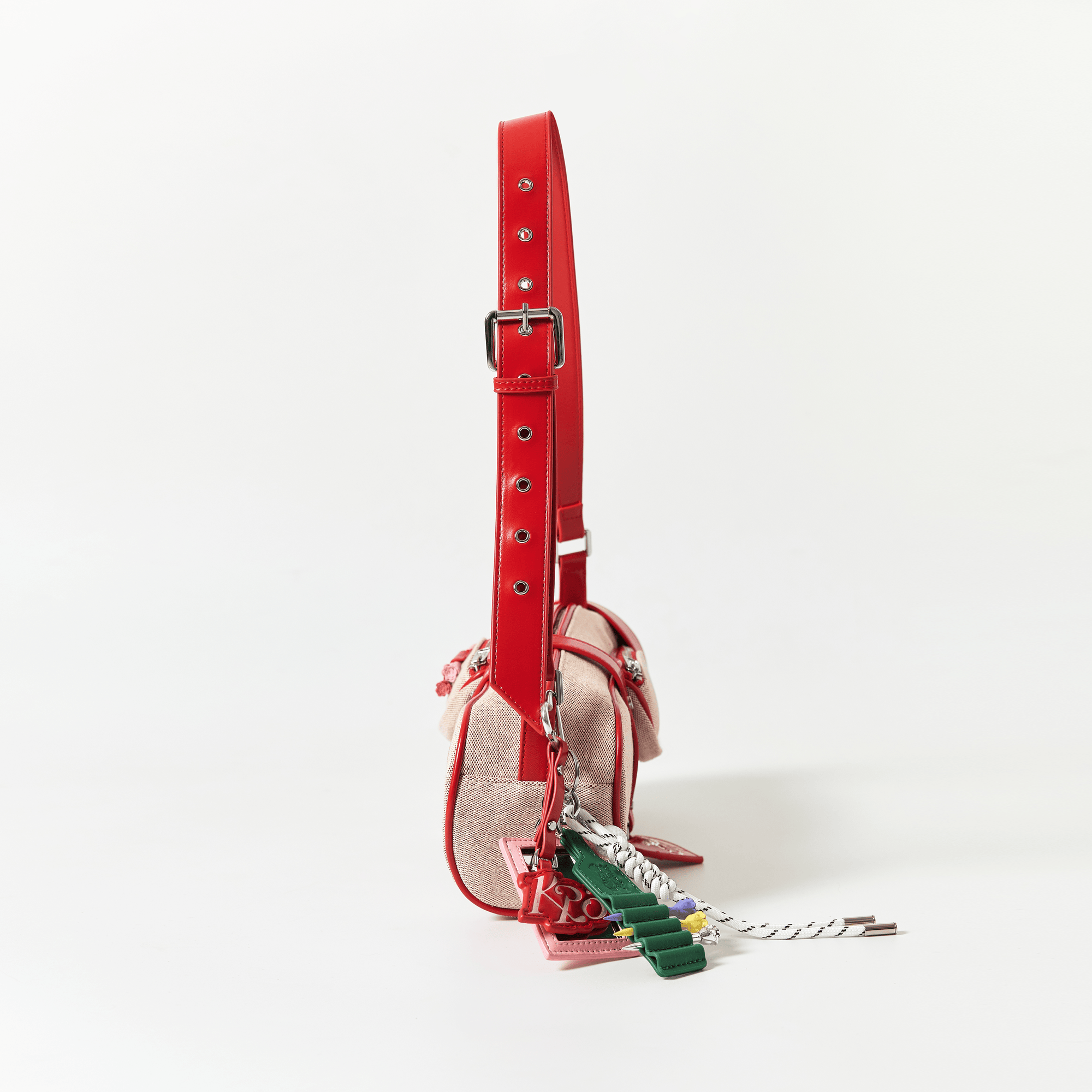Making Sense of Golf's Scoring System
Golf scoring can seem like a foreign language to newcomers. With terms like "birdie," "bogey," and "albatross," you might wonder if you're discussing wildlife rather than sports. But don't worry – once you understand the basics, golf scoring becomes much clearer and more engaging.
Why Understanding Golf Terms Matters
Whether you're watching the Masters Tournament or heading to the course for your first round, knowing golf scoring terms is essential. It helps you:
- Track your progress and improvement
- Communicate effectively with other golfers
- Understand tournament coverage and golf news
- Set realistic goals for your game
Real-World Example: Pro Scoring in Action
Let's look at a recent tournament scenario:
Justin Thomas finished his final round at -18 (eighteen under par), shooting a 65 on Sunday. He made three birdies on the front nine, eagled the par-5 11th hole, and avoided any bogeys coming home.
If that sentence was confusing, don't worry – by the end of this guide, you'll understand every term in it.
Basic Scoring Concepts
Before diving into specific scoring terms, let's establish the fundamental concepts that form the foundation of golf scoring.
What Is a Stroke?
A stroke is any attempt to hit the ball with intent to advance it toward the hole. Key points about strokes:
- Every swing counts, even if you miss the ball completely
- Penalty strokes can be added for rule violations
- Practice swings don't count as strokes
Understanding Par
Par is the standard number of strokes a skilled golfer should need to complete a hole. Here's the breakdown:
- Par 3: Expected to reach the green in 1 shot, then 2 putts
- Par 4: Expected to reach the green in 2 shots, then 2 putts
- Par 5: Expected to reach the green in 3 shots, then 2 putts
Most 18-hole courses have a total par of 70-72 strokes.
Introduction to the Handicap System
The handicap system is golf's great equalizer, allowing players of different skill levels to compete fairly. Here's how it works:
- Your handicap represents how many strokes over par you typically shoot
- It's calculated based on your recent scores
- The lower your handicap, the better your game
- A scratch golfer has a handicap of 0, meaning they consistently shoot par
10 Essential Golf Scoring Terms You Need to Know
Getting to know golf's scoring terms is your first step toward mastering the game. Let's explore each term in detail, starting with the fundamentals.
1. Par/Scratch Scoring
Par is the foundation of golf scoring. Think of it as the target score for each hole that an expert golfer should achieve. Here's how it breaks down:
- Par 3 holes: One shot to reach the green, two putts to finish
- Par 4 holes: Two shots to reach the green, two putts to finish
- Par 5 holes: Three shots to reach the green, two putts to finish
Playing "scratch golf" means you can consistently shoot par on any rated course. It's the gold standard of amateur golf, achieved by only a small percentage of players.
2. The Handicap System
A handicap is golf's great equalizer, making the game fair and competitive for players of all skill levels. Your handicap represents how many strokes over par you typically shoot.
For example:
- If you have a 15 handicap and the course is par 72
- Your adjusted target score would be 87 (72 + 15)
- This allows you to compete fairly against better players
The handicap is calculated using your best 8 scores from your last 20 rounds, taking into account course difficulty.
3. Birdie
A birdie occurs when you complete a hole in one stroke under par. For instance:
- Scoring 2 on a par 3
- Scoring 3 on a par 4
- Scoring 4 on a par 5
The term originated in 1903 when Ab Smith hit what he called a "bird of a shot" at Atlantic City Country Club. The term caught on and has been used ever since.
4. Eagle
An eagle is two strokes under par - a truly excellent score that usually results from:
- Holing out from the fairway on a par 4
- Reaching a par 5 in two shots and making the putt
- Making a hole-in-one on a par 3
Eagles are rare for amateur golfers but occur regularly in professional tournaments.
5. Albatross (Double Eagle)
An albatross, also known as a double eagle, means scoring three strokes under par. This can happen two ways:
- Scoring a 2 on a par 5
- Scoring a 1 (hole-in-one) on a par 4
Only 18 albatrosses have ever been recorded in major championships, making it one of golf's rarest achievements.
6. Condor
The condor is golf's unicorn - four strokes under par. It's so rare that only five have ever been recorded in history:
- Larry Bruce (1962)
- Dick Hogan (1973)
- Shaun Lynch (1995)
- Mike Crean (2002)
- Kevin Pon (2020)
A condor requires either:
- A hole-in-one on a par 5
- A 2 on a par 6 (extremely rare hole type)
Over Par Scoring Terms
Now let's explore the more common scoring scenarios that most golfers encounter regularly.
7. Bogey
A bogey means taking one stroke over par on a hole. For example:
- Scoring 4 on a par 3
- Scoring 5 on a par 4
- Scoring 6 on a par 5
The term "bogey" originated in Great Britain, where it was actually the target score before par became standard. Today, many casual golfers consider themselves "bogey golfers," averaging one over par per hole - which is actually quite respectable!
8. Double Bogey
A double bogey occurs when you score two strokes over par. Common scenarios include:
- Missing the green and taking three putts
- Finding trouble off the tee and having to take a penalty
- Getting stuck in a bunker
For new golfers, double bogeys are a normal part of the learning process. Even experienced players occasionally card them, especially on challenging holes.
9. Triple Bogey
Three strokes over par results in a triple bogey. On a par 5, this creates the dreaded "snowman" (an 8) on your scorecard. Triple bogeys often happen when:
- Multiple shots find hazards
- Several shots are needed to escape trouble
- Putting difficulties compound other challenges
10. Quad Bogey
A quad bogey means taking four strokes over par. While discouraged, they're not uncommon for beginners and can happen to any golfer when:
- Multiple penalty strokes come into play
- Several recovery shots are needed
- Weather conditions are severe
Additional Important Terms
Ace (Hole-in-One)
- The ultimate golf achievement
- Most common on par 3 holes
- Average golfer has 1-in-12,500 chance per shot
Course Rating
- Indicates course difficulty for scratch golfers
- Usually close to the course's par
- Helps determine handicap calculations
Slope Rating
- Measures relative difficulty for bogey golfers
- Ranges from 55 to 155
- Higher numbers indicate more difficult courses
Tips for Scoring Success
Course Management
- Play to your strengths
- Aim for the safe parts of greens
- Know when to lay up versus go for it
Mental Approach
- Stay positive after bad holes
- Focus on your next shot, not your last
- Keep emotions in check
Common Pitfalls to Avoid
- Taking unnecessary risks
- Ignoring wind conditions
- Failing to account for hazards
Conclusion
Understanding golf scoring terms is your gateway to fully enjoying this magnificent game. Whether you're shooting birdies or bogeys, remember:
- Every golfer started as a beginner
- Improvement comes with practice and patience
- Focus on personal progress, not perfection
Resources for Further Learning
- Take lessons from a PGA professional
- Join a local golf club or league
- Use golf tracking apps to monitor your progress
- Practice regularly at the driving range
Remember, golf is a journey, not a destination. Understanding these scoring terms will help you track your progress and celebrate your improvements along the way.












